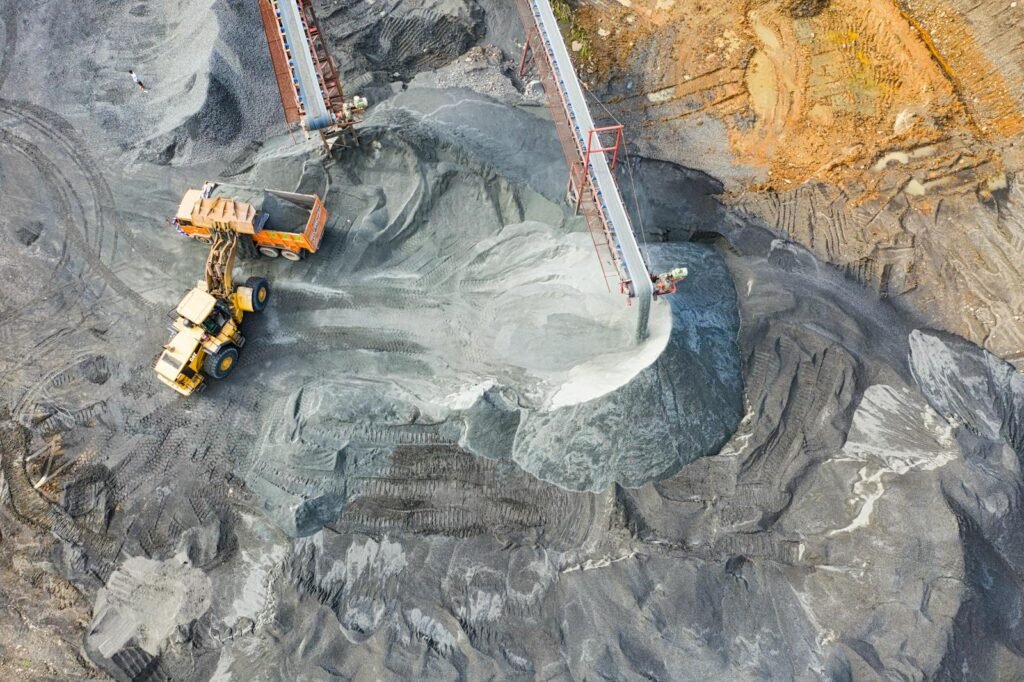Imagine a world where one of the most common building materials suddenly becomes scarce. Concrete, a staple in construction for centuries, is facing such a dilemma. The decline in coal production is leaving the concrete industry scrambling for alternatives. But why does coal matter to concrete? The answer lies in fly ash, a byproduct of burning coal that has long been a critical component in concrete production. As the world shifts towards cleaner energy, the availability of fly ash is dwindling. This shift is not only reshaping the energy landscape but also sending ripples through industries that have relied on coal byproducts for decades.
The Role of Fly Ash in Concrete
Fly ash isn’t just a leftover from coal combustion; it’s a valuable ingredient in the world of construction. When mixed with cement, fly ash enhances the strength and durability of concrete. This magical dust-like substance acts as a filler and a binder, improving the workability of concrete and reducing the need for water. But its benefits don’t stop there. Fly ash also helps in reducing the heat of hydration, which means less cracking in large concrete structures. The use of fly ash has become so prevalent that it’s hard to imagine modern construction without it. Yet, with the decline in coal production, the supply of fly ash is drying up, leaving the concrete industry in a precarious position.
The Shift from Coal to Renewable Energy
The world is on a mission to reduce carbon emissions and combat climate change, leading to a significant shift from coal to renewable energy sources like wind, solar, and hydroelectric power. While this transition is essential for environmental reasons, it inadvertently impacts industries dependent on coal byproducts. As coal plants shut down, the production of fly ash decreases, creating a ripple effect that extends to the construction sector. The challenge is clear: how can we maintain the benefits of fly ash in concrete without relying on coal?
Concrete Industry’s Quest for Alternatives
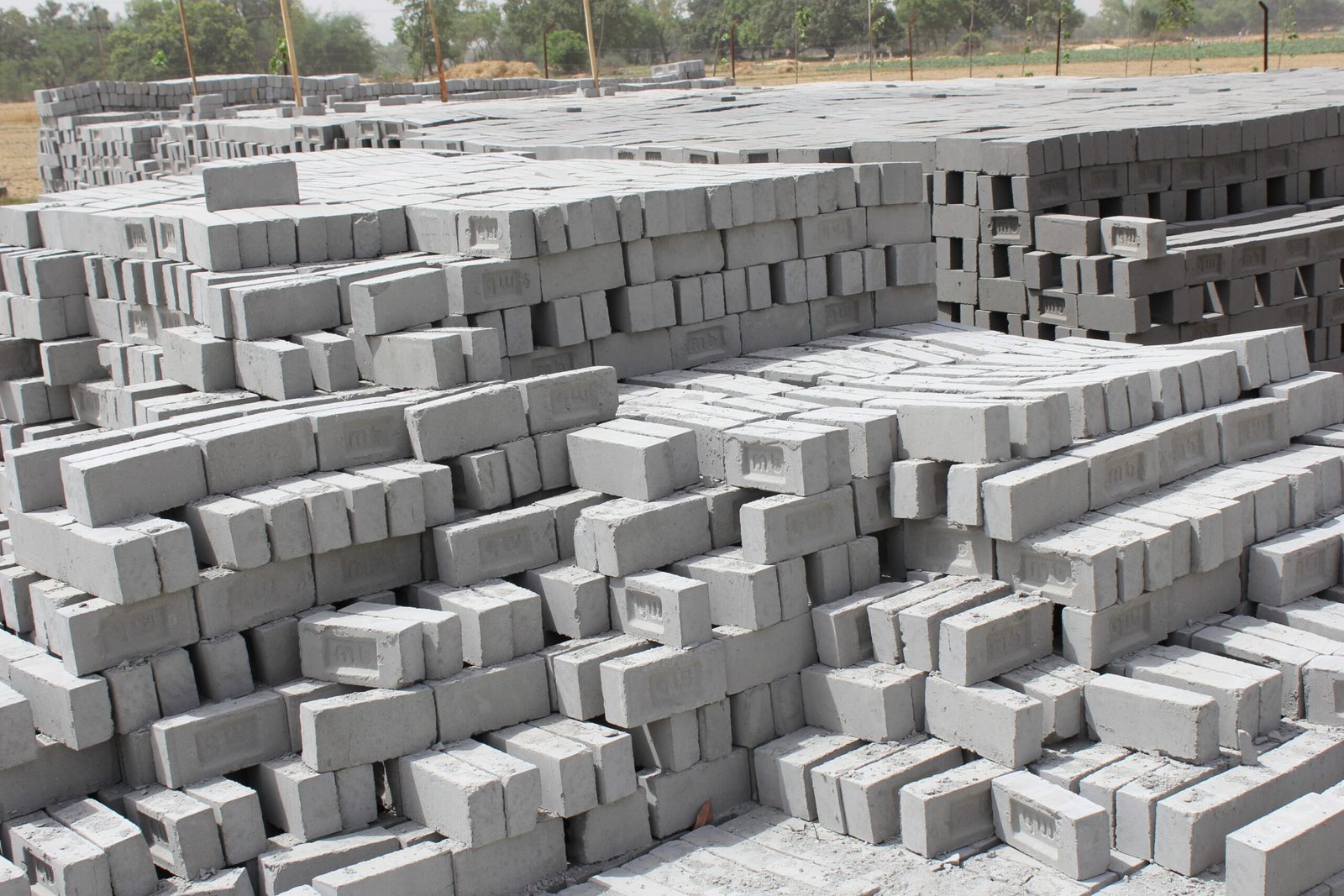
With the fly ash supply dwindling, the concrete industry is on a quest for viable alternatives. Enter ground granulated blast furnace slag (GGBFS) and silica fume. These materials, like fly ash, can be used to replace a portion of cement in concrete. GGBFS, a byproduct of steel production, offers similar benefits in terms of strength and durability. Silica fume, a byproduct of silicon metal production, enhances the mechanical properties of concrete. While promising, these alternatives come with their own set of challenges, including availability and cost. The industry is at a crossroads, balancing the need for sustainable practices with the demand for reliable materials.
Environmental Implications of Fly Ash Scarcity
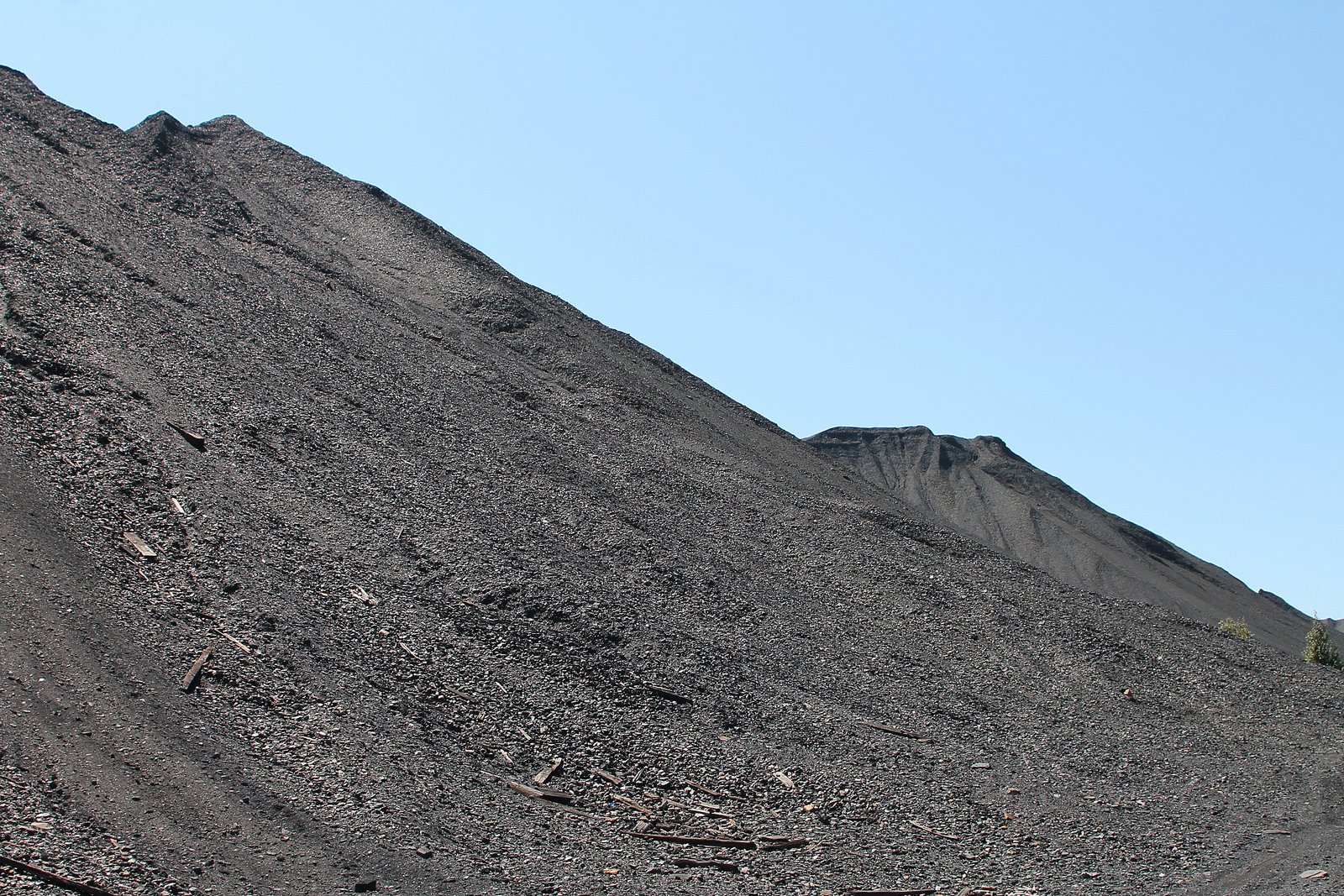
The scarcity of fly ash poses environmental challenges beyond the concrete industry. Fly ash has long been a solution to the problem of coal waste, preventing it from ending up in landfills. Without this outlet, the disposal of coal combustion byproducts becomes a pressing issue. Additionally, the search for alternative materials may lead to increased mining and production activities, potentially affecting ecosystems. The environmental implications of fly ash scarcity highlight the interconnectedness of our industrial systems and the need for holistic solutions.
Economic Impact on the Construction Sector
The construction industry is a significant contributor to the global economy, and any disruption in the supply chain can have widespread economic repercussions. The rising cost of alternative materials and the potential for construction delays due to material shortages can lead to increased project costs. This, in turn, affects housing markets, infrastructure projects, and even employment rates within the sector. The economic impact of fly ash scarcity is a reminder of the delicate balance between industry practices and environmental sustainability.
Innovations in Concrete Technology
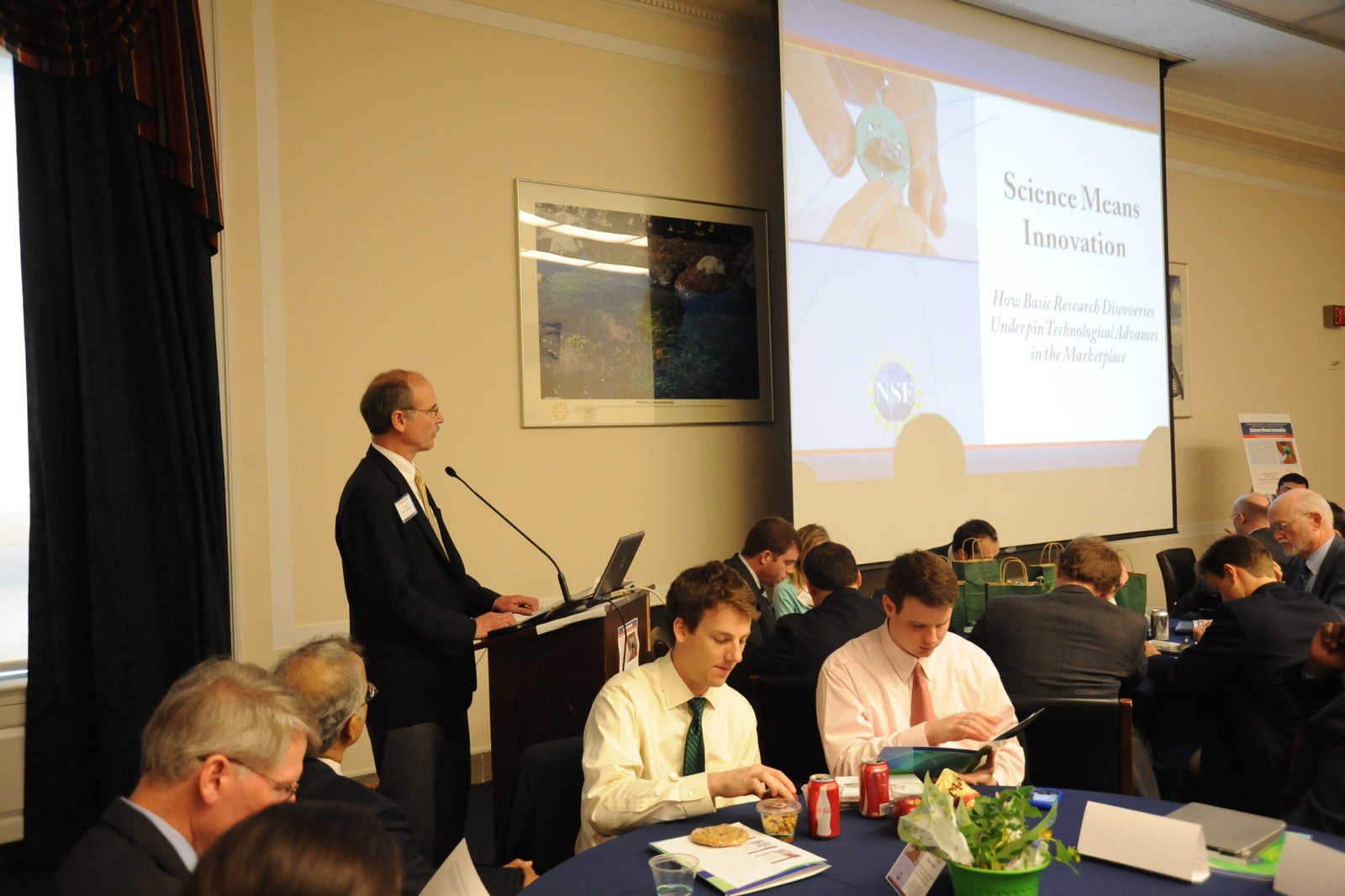
Necessity is the mother of invention, and the concrete industry is witnessing a surge in innovation as a response to the fly ash shortage. Researchers are exploring the use of recycled materials, such as crushed glass and plastic waste, as partial replacements for cement. These innovations not only address the scarcity issue but also contribute to waste reduction and sustainability goals. The development of new concrete technologies is an exciting frontier, offering the potential for more resilient and environmentally friendly construction practices.
Policy and Regulation Challenges
Government policies and regulations play a crucial role in shaping the future of the concrete industry. As the demand for sustainable construction materials grows, policymakers must balance environmental concerns with industry needs. Regulations surrounding the use of alternative materials, carbon emissions, and waste management are evolving, influencing the availability and cost of construction materials. The challenge for regulators is to create a framework that encourages innovation while ensuring safety and environmental protection.
The Global Perspective on Fly Ash
The decline of coal and the resulting fly ash scarcity is a global issue, affecting countries with diverse energy profiles and construction needs. In developing nations, where coal remains a primary energy source, the impact may be less immediate. However, as global efforts to reduce carbon emissions intensify, even these countries will face similar challenges. The global perspective on fly ash highlights the need for international collaboration and knowledge sharing to develop sustainable solutions that can be adapted to local contexts.
Future Outlook for the Concrete Industry
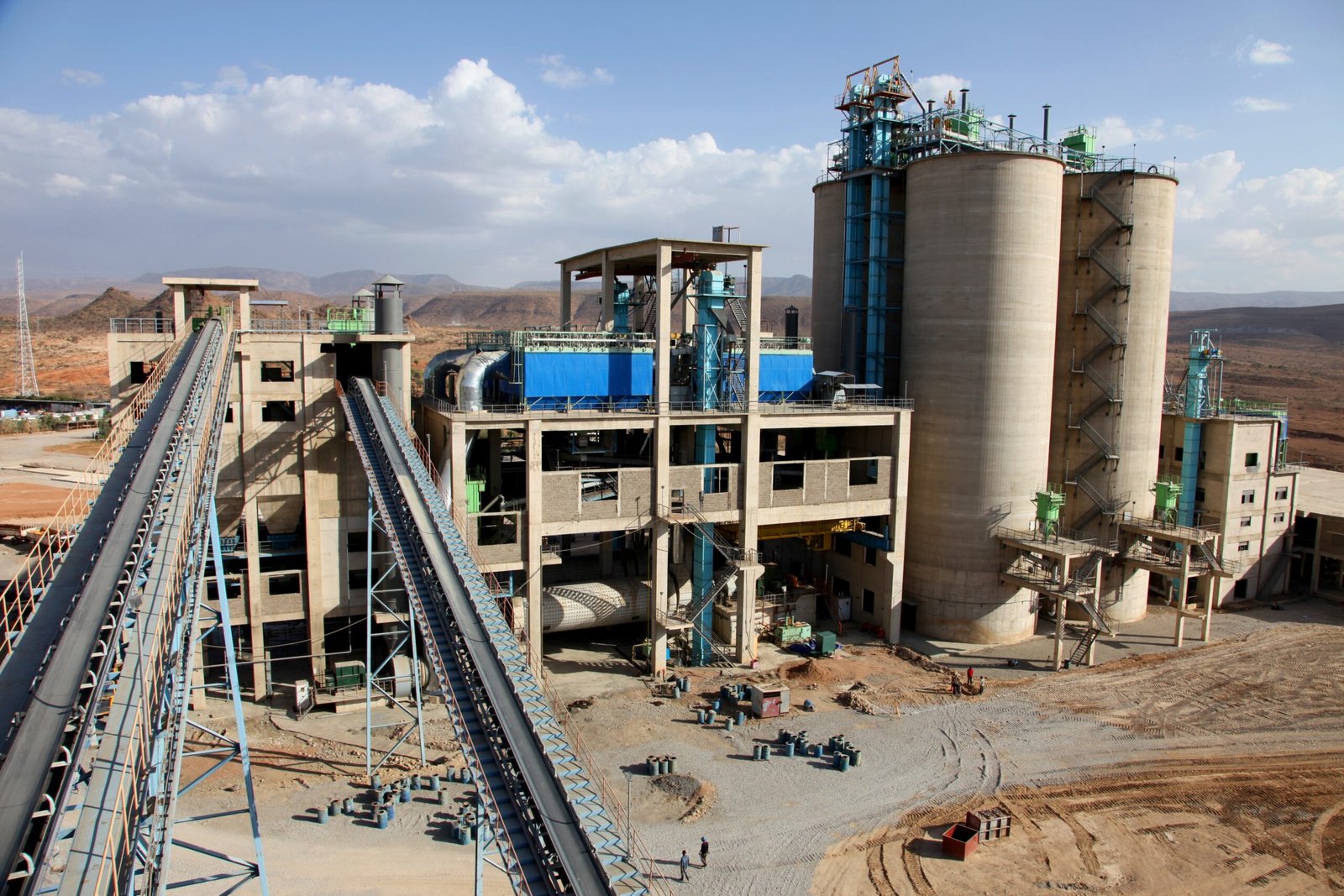
The future of the concrete industry hinges on its ability to adapt to the changing landscape of energy production and material availability. While the transition away from coal presents challenges, it also opens opportunities for innovation and sustainability. The industry’s resilience and adaptability will be tested as it navigates these changes. The future outlook is one of cautious optimism, driven by the potential for new technologies and materials to redefine concrete construction for a more sustainable world.

